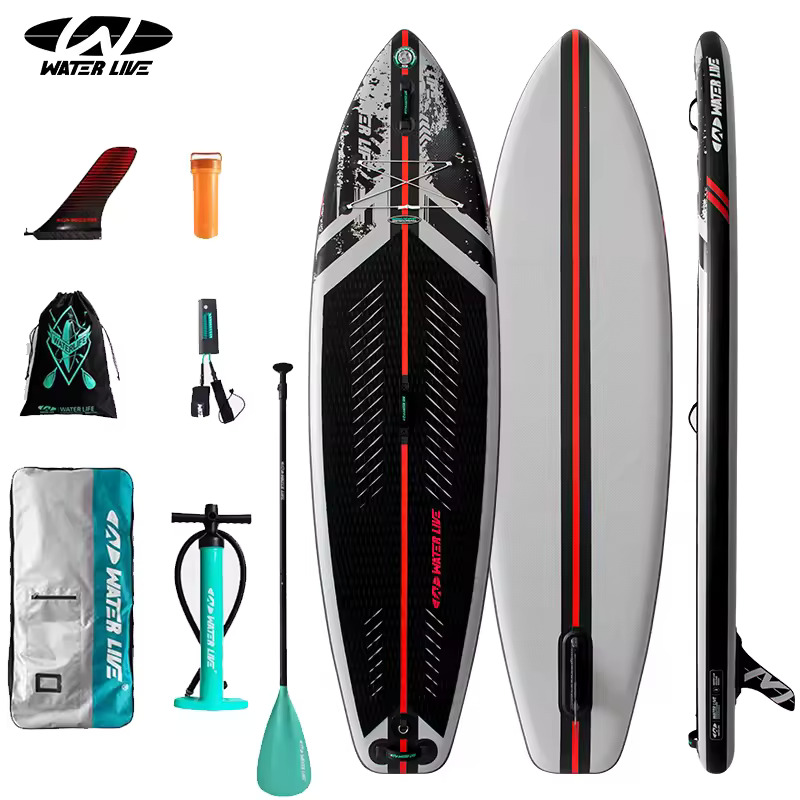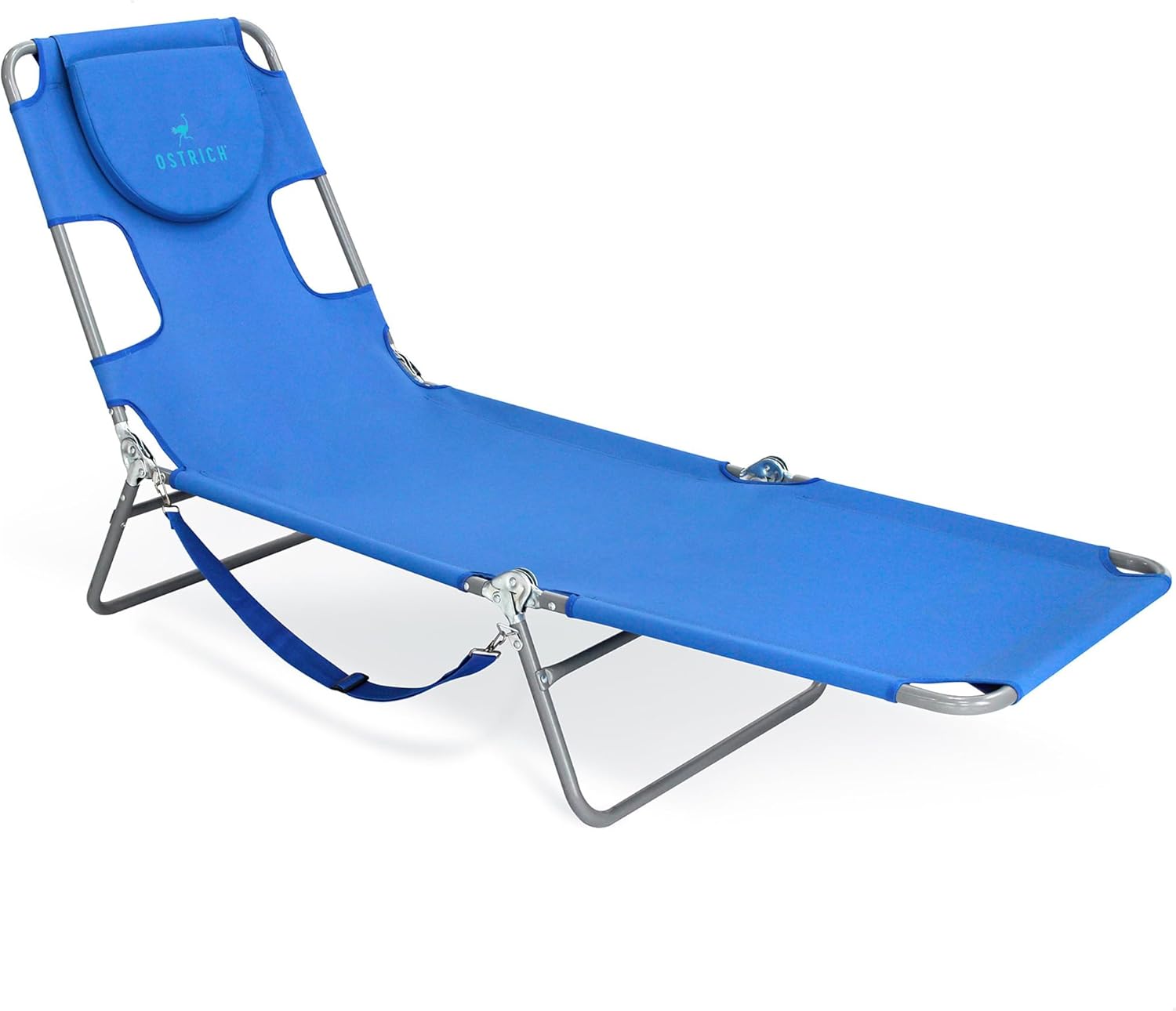Hunting for a paddle board that can haul tackle and leave cash in your wallet? You’re in the right lagoon. Below you’ll find real-time prices, verified coupon codes, and the kind of stack-able money hacks only a discount-obsessed fishing buddy would share. Our goal: get you standing, casting, and grinning—without capsizing your budget.
Why SUP Fishing Is the New Frugal Angler’s Paradise
Stand-up paddle boards (SUPs) cost less to buy, store, and fuel (read: human power) than even the cheapest jon boat—and they still give you a high, sight-fishing vantage. Toss one in a hatchback, skip the trailer fees, and you’re on the water in minutes. With drop-stitch tech now supporting 300-plus-pound limits, today’s fishing SUPs let you bring a cooler, a dog, and all the rods you dare. As a pure dollar-per-fish platform, they’re tough to beat.
SUP vs. Kayak—Cost & Convenience Showdown
A quality mid-tier fishing kayak often starts at $1,300—before you even factor in the cost of a roof rack. In contrast, many high-performing inflatable fishing SUPs fall within the $500–$900 range. The price difference is compelling, especially when you consider that inflatable SUPs pack down to backpack size, making storage and transport a breeze. Want help deciding between a paddle board or a kayak? Check out Paddle Board vs Kayak 2025: Score the Best Deals for You.
Must-Have Features in a Fishing Paddle Board
- 34-inch-plus deck width for casting stability
- D-rings or gear tracks for mounting rod holders
- Front-and-rear bungees for tackle crates
- Anchor or Sandspear compatibility so wind drift doesn’t steal your spot
Inflatable vs. Hard Fishing Paddle Board
Inflatable Best Fishing Paddle Board Advantages
- Portability: Rolls into a duffel; stash in apartment closets or fly as checked luggage.
- Durability: Military-grade PVC shrugs off rock bumps.
- Soft landings: Drop a reel or kneel to rig; the deck won’t ding or bruise you.
Hard-Shell Fishing Paddle Board Advantages
- Instant launch: No 8-minute pump session.
- Crisp glide: EPS/epoxy shapes slice water, saving energy on long paddles.
- Higher weight ceiling: Solid cores flex less under heavy coolers and trophy catches.
If you road-trip in a hatchback or live five stories up—go inflatable. Garage owners with truck racks can consider hard boards for maximum performance.
Top Fishing Paddle Boards on Sale Now
| Board | Sale Price* | MSRP | Verified Code / Stack | Expires |
| Carbon-Fiber Paddle Inflatable Surfboard | $737 (59%) | $1,737 | No code needed—discount auto-drops in cart | June 26 2025 |

Hands-On Review: Carbon-Fiber Paddle Inflatable Surfboard
Unboxing & Five-Minute Setup
The board ships in a 35-lb wheeled duffel with a three-piece carbon paddle (rare at this price). Dual-action pump hit 15 PSI in four minutes and the carbon shaft feels stiff enough to double as a push pole.
On-Water Stability, Speed & Castability
At 33 inches wide the deck isn’t barge-like, but the carbon stringer running nose-to-tail adds torsional rigidity you’ll notice the first time you lean into a hook-set. We fished a breezy afternoon on Lake Simcoe and only wished for an anchor cleat—easy DIY with a stick-on D-ring kit. The 59 % discount puts this board in “why not?” territory for anglers who already own a yak and want a stand-up option
Must-Have Fishing Paddle Board Accessories & Setup Tips
Rod Holders & Racks for a Fishing Paddle Board
Clamp-on rail mounts (Scotty, Railblaza) keep rods vertical while you paddle. Two is ideal: one trolling, one parking spot.
Anchors, Power Poles & Wind Hacks on a Fishing Paddle Board
- Sand-spear pole (7 ft): jab it, clip leash—done.
- Folding 3-lb claw: best for rocky lakes; run anchor trolley to keep board nose to wind.
- DIY drift sock: slows sideways slide when stalking schooling bass.
Cooler Seats & Storage on Your Fishing Paddle Board
A 25-qt roto-molded cooler doubles as throne + bait well. Add slip-on seat back for lumbar bliss. Bungee a dry bag aft for rain gear; keep deck uncluttered.
Real-World Fishing Paddle Board Setups: Lakes, Rivers & Saltwater
Lake-Day Fishing Paddle Board Setup
Wide board, short paddle (easier bracing), stake-out pole, small cooler, top-water box.
River-Drift Fishing Paddle Board Setup
Longer fin swapped for 4-inch river fin to clear shoals; quick-release leash for safety; claw anchor on trolley to swing bow upriver.
Inshore Saltwater Fishing Paddle Board Setup
Carbon-fiber paddle for all-day strokes, cooler seat strapped mid-deck, gulp shrimp on jig, and a soft lips-only landing net—no deck slime.
Safety & Skills for Fishing Paddle Board Beginners
PFDs, Leashes & Cold-Water Safety on a Fishing Paddle Board
Always wear a belt PFD (legal) or foam vest (smarter). Use a quick-release waist leash in current—never ankle leash around logs. Hypothermia kills fast; 60 °F water warrants wetsuit bottoms.
Reading Weather & Water for Fishing Paddle Board Trips
- Wind under 12 mph is manageable; above that, stay shoreline side.
- Incoming tide: plan exit against the flood so you drift home.
- Thunder within 10 seconds of lightning? Paddle to shore—graphite rods + carbon paddles love electricity.
FAQs About Fishing Paddle Boards
Depends. SUPs win for sight-casting in shallow flats; kayaks handle wind better but weigh 2-3× more.
Yes—soft, stable, and forgiving. Bonus: it won’t murder your shins during the first graceless fall.
Pump to 15 psi, clip fins, strap cooler mid-deck, mount rod holders on tracks, tether anchor to trolley—go catch dinner.
Rod holders, anchor system, PFD, deck cooler, waterproof phone pouch, and sunshade hat you can’t lose.
Look for 11–12 ft length and ≥ 34″ width; this combo balances glide with casting stability.
If currents exceed 1 mph, yes. A 3 lb folding grapnel or 6′ stake-out pole keeps you over structure.
Boards with insert ports or rear mounting plates (Saturn MotoSUP, Rackham Aero) support up to 2 hp or 45-lb-thrust electric motors.
Yes. U.S. states treat any motor-propelled craft—no matter how small—as a vessel that must be titled and registered. Example: Texas requires full registration the moment you add an outboard or trolling motor to a paddle craft. Check your own state DMV or Parks agency before firing up the throttle.
Yep. The U.S. Coast Guard says every paddler must carry a Type I, II, III, or V wearable PFD; a Type V belt pack only counts if you’re actually wearing it. Some states also demand a whistle and 360° light after dusk. Kids under 13 generally must wear a PFD at all times.
Inflatable boards roll into a backpack that fits most car trunks. For hard boards, clamp-on soft racks ($40–$60) strap through your door frames in minutes; cinch the board deck-down and add a bow line for highway speeds.
Clean, rinse, completely dry, then roll it loosely and stash the bag in a cool, dry spot—garage shelves or an indoor closet are ideal. Avoid attic heat swings or freezing sheds, which accelerate PVC fatigue.
If the board’s weight rating allows it. Look for 12′+ decks and 400–450 lb capacities. Expect slower paddling but rock-solid sight-casting space.
High-quality iSUPs built with four-layer PVC and woven drop-stitch construction handle light surf just fine. Skip bargain boards under 4 layers or < 450 lb capacity; they flex too much in chop.


